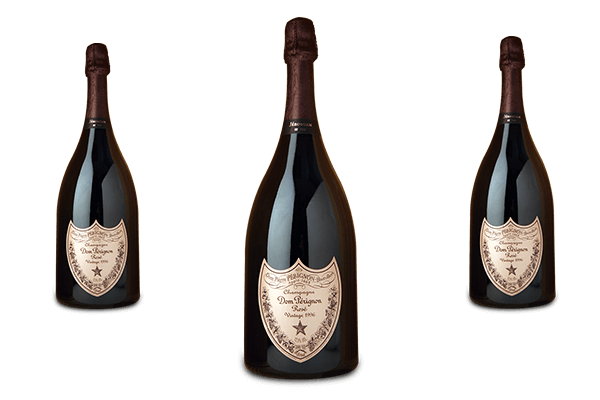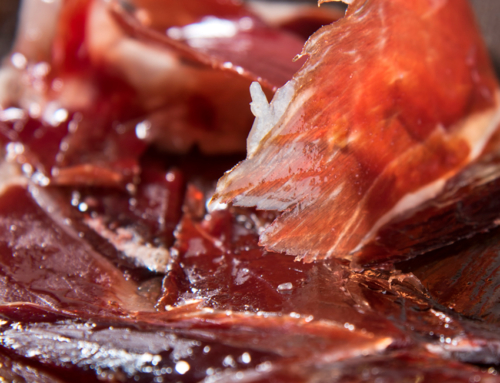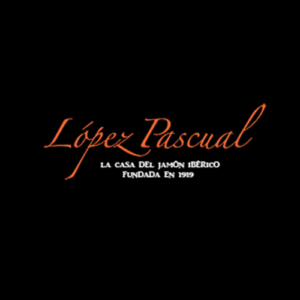The Champagne
Not all sparkling drinks are created equal, true champagne can only come from the small northern region of Champagne, France. Napoleon said “Champagne! In victory one deserves it, in defeat one needs it.”
Champagne was born largely by accident, and was considered a flawed wine hundreds of years ago when winemakers were trying to make tranquilo wines similar to Burgundy.
But winemakers came to embrace the style, hence the eponymous “Champagne method” that must always be used, and by adapting to the unique conditions of their region, Champagne producers do things a little differently than the rest of the world.
By understanding these peculiarities, as well as the nuances of each area within Champagne, it becomes easy to see why it is in a variety of its own in the world of sparkling wine. https://www.champagne.fr/es/pagina-principal
Producing zones
Within the Champagne region there are five sub-regions that are responsible for bringing diversity and consistency to Champagne.
Champagne is beautiful because it is a blended wine and each sub-region is known for producing a specific type of grape and often a unique character of that grape variety influenced by the specific location, soil, sub-climate or vineyard aspect.
Montagne de Reims
The Montagne de Reims is directly north of Epernary and produces mainly pinots (red grapes), predominantly pinot noir (38% of the plantings) but also some meunier.
The “Montagne” itself is more of a gentle hill, only reaching a maximum of 283 meters, but the region is home to more grands crus than any other Champagne district with a total of nine grand cru villages found in the Montagne de Reim (out of the 17 regions of Champagne).
The reputation of the grand cru villages of Mailly, Verzenay, Verzy, Ambonnay and Bouzy is based on the Pinot Noir grown on the surrounding hillsides, specifically the north-facing slopes in Mailly, Verzenay and Verzy.
While Pinot dominates in the district, there are some very important areas of Chardonnay vineyards, representing 28% of the grapes in the Montagne de Reims. These grapes are harvested mainly in the villages to the east, specifically Villers Marmery and Trépail.
The Vallée de la Marne
South of Epernay is the Vallée de la Marne. This region is famous for the abundance of its meunier grape plantations. The grapes are grown mainly on south-facing slopes, which helps the grapes to ripen and brings a full aroma to the wines.
The grapes harvested in this valley are robust and more resistant to cold than other types. There are 5 grand cru villages popular for their meunier grapes. They are closer to Epernay and are: Hautvilliers, Ay, Cumieres, Dizy, and Mareuil-sur-Ay.
The Côte des Blancs
The Côte des Blancs, south of Epernay, is the country of chardonnay. Chardonnay grapes bring freshness to champagnes, and each village in the Cote des Blancs produces grapes and wines with their own characteristics.
The soil of this district is rich in minerals from its calcareous belemnite subsoil, and the vines mainly face east.
Grapes from the four grand cru villages in the heart of the Côte des blancs (Cramant, Avize, Oger and Le Mesnil-sur-Oger) are highly sought after and command the highest price per kilo of any grape in the Champagne region.
Côte de Sézanne
Côte de Sézanne produces chardonnay grapes and is an extension of Côte des Blancs, the Saint Gond marshes divide the two districts. The subsoil has some pockets of chalk but contains a lot of clay and silt which influences the wines.
The vines here face southeast, which helps ripeness, but the region has no grand cru or premier cru villages.
The Aube / Côte des Bar
The Aube / Côte des Bar was new to the appellation at the beginning of the 20th century and represents almost a quarter of the Champagne region. It is a Pinot Noir region that is mainly used for blending non-vintage Champagnes.
Even though there are no grand cru villages in the Aube, this district produces three different types of wine: Champagne, Coteaux Champenois and Rosé des Riceys,
Champagne Grapes
Historically, Champagne has been characterized by the fact that it is blended in every way: a blend of grapes, a blend of añadas and a blend of regions. Each of the three main Champagne grapes brings its own attributes to a wine; thus, by blending all three, a complete Champagne is created.
The “big three” are Chardonnay, Pinot Noir and Pinot Meunier, and although all three grapes are grown in Champagne, each sub-region usually has a more distinctive grape.
Chardonnay
As the only major white grape in Champagne, it brings elegance, aging and bright citrus flavors to Champagne blends. While 100% Chardonnay, or blanc de blancs, Champagnes can be austere and acid-driven in youth, they are some of the most enduring and evolve with layers and layers of complexity. https://jamonesibericosmadrid.com/producto/trouillard-blanc-de-blancs-chardonnay/
Pinot Noir
These grapes need to grow in specific areas in order to ripen. This is why they are not planted in the cooler areas of the region. Regardless of this, it has the most vineyards in the region. The structure, richness and body come from Pinot Noir.
Pinot Meunier
Pinot Meunier is known for its aromas that act as a flavorful spice in Champagne blends. Although it used to be a rarity, there are now producers who specialize in making 100% Pinot Meunier champagne.
These three grapes dominate most of the plantings in Champagne vineyards. However, there are four other grapes that have been approved for Champagne production: Petit Meslier, Arbane, Pinot Gris and Pinot Blanc.





Leave A Comment